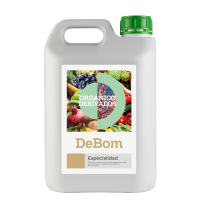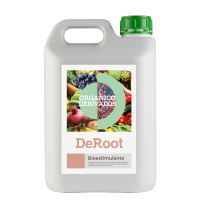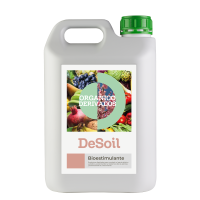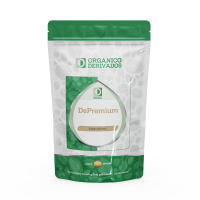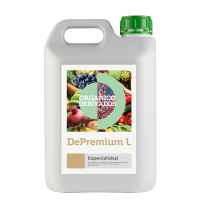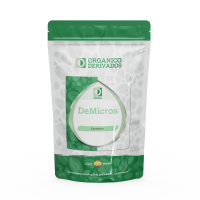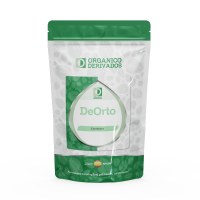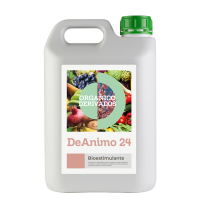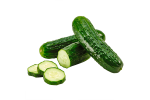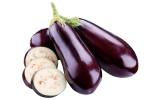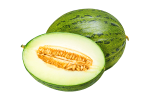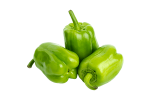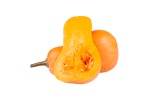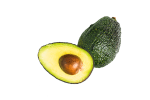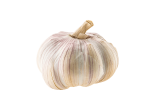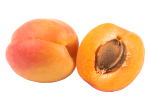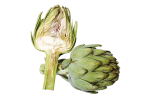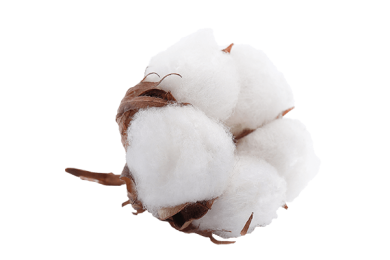
Cotton
Get informed about the properties and requirements of cotton, and we will guide you to the best formulations to optimize your horticultural cultivation.
Gett to know the cotton to achieve exellent results in your crops
Cotton Cotton, also known by its scientific name Gossypium, is classified into three distinct groups, wich are the American cotton (Gossypium hirsutum L.), egyptian cotton (Gossypium barbadense L.) and Indian cotton (Gossypium arboreum L. y Gossypium herbaceum L.). The most widespread species is American cotton. It has a deep and taproot system, and an erect stem with branching. The fruiting branches of the main stem have floral buds with white or cream-colored petals. These buds produce the cotton fibers. The flowers are large and pendulous.
Cotton cultivation is not widely spread in Spain, but the cultivated area spans approximately 65,000 hectares. The annual production of raw cotton is 212,000 tons.
The most common varieties in Spain originate from Gossypium hirsutum and they have the general designation of Tabladilla o Crema 111, Corona y Carmen, among others.
Soil characteristics
To support its root growth, melon plants require deep soils with loamy-silt textures. The soil needs to be consistently moist throughout the crop cycle, but waterlogging is not well-tolerated. The optimal pH range is between 6 and 8, and melon plants are sensitive to more acidic soils. They have a moderate tolerance to soil salinity.
- Deep sandy-loamy textured soils
- Moist soils
- Slightly saline soils
- Waterlogged soils
- Soils with acidic pH levels ranging from 6 to 8
Climate needs
Cotton is a warm-climate plant and does not tolerate frost well. The seed germination occurs when the temperature is not below 15ºC, with an optimal germination temperature of 20ºC.
- Minimum nighttime 15 ºC
- Germination 20 ºC
Irrigation
It is a highly water-demanding crop. Cotton cultivation requires approximately 830 mm of water annually for optimal development. Adequate irrigation is particularly important during the flowering period and up to a month after.
- Considered
TOP recommended formulations for most crops
You may also be interested in…
We can assist you!
If you wish to contact us for more informationinformation about our products, If you want to become our distributor, make a
